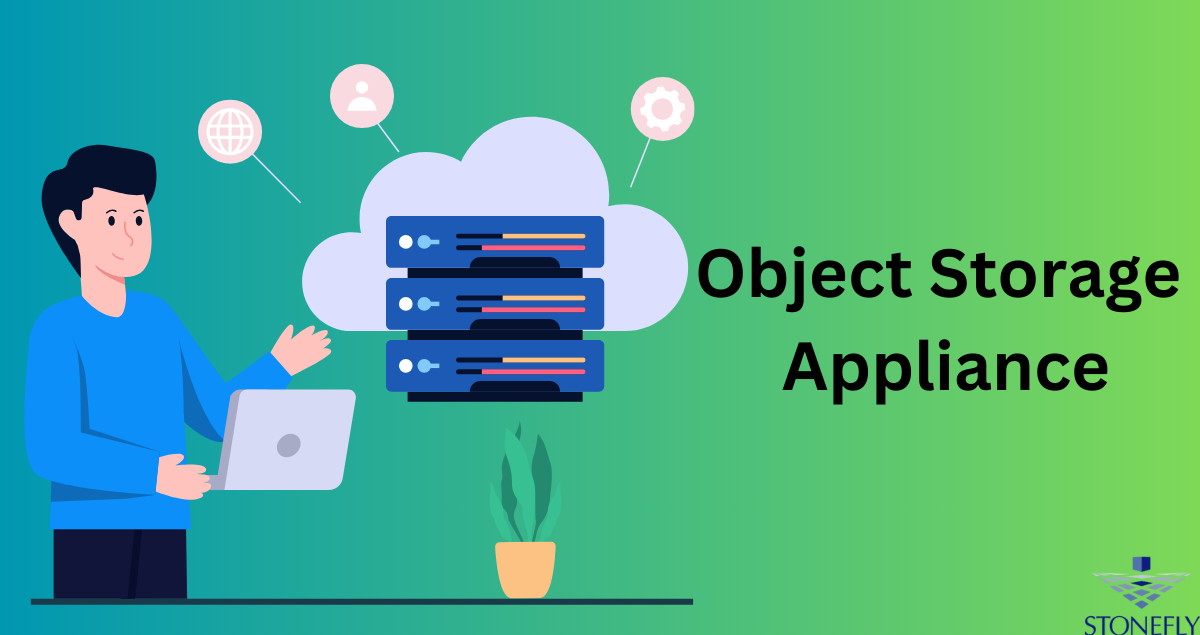Data Corruption from Bit Rot: Why Integrity Checks Matter
Digital data feels permanent, but the reality is more fragile. Over time, files stored on disks, tapes, or even cloud environments can silently degrade. This slow decay is known as bit rot—tiny changes at the bit level that can render critical files unreadable. Without safeguards, you might open an important document years later only to find it corrupted beyond recovery. The best way forward? An Object Storage Appliance with built-in integrity checks and self-healing capabilities.
In this article, we’ll explore what bit rot is, why it happens, and how advanced storage systems prevent it. We’ll also break down how automated integrity checks and repair mechanisms work, and why they’re essential for businesses and individuals who need reliable long-term data preservation.
What is Bit Rot?
Bit rot, also called data rot or silent data corruption, refers to the gradual degradation of data stored in digital media. It’s not caused by user error or malware—it happens silently, at the physical or logical level of storage. Over time, individual bits (0s and 1s) can flip or degrade, resulting in unreadable or corrupted files.
How Bit Rot Manifests
- Unreadable files: A once-working video, photo, or database becomes inaccessible.
- Corrupted output: Files open but contain errors, glitches, or missing data.
- Silent corruption: Data appears intact, but the underlying bits are altered, which can cause major issues when used in applications.
Why It Happens
Bit rot is typically caused by:
- Physical degradation of magnetic or optical media.
- Electrical interference or cosmic radiation flipping bits.
- Storage system firmware bugs or hardware faults.
- Long-term neglect—data not being accessed or verified for years.
The silent nature of bit rot is dangerous. Unlike a hard drive crash, it doesn’t announce itself. By the time you discover the problem, it’s often too late to fix.
The Hidden Risks of Data Corruption
Data corruption from bit rot isn’t just an annoyance—it can be catastrophic.
Personal Data Risks
For individuals, bit rot can mean losing family photos, videos, or personal documents that cannot be replaced.
Business Risks
For organizations, the impact is far greater:
- Compliance violations: Industries like healthcare and finance must maintain records for decades. Silent corruption could result in non-compliance penalties.
- Operational downtime: Corrupted data in critical systems may halt operations.
- Loss of trust: A corrupted customer record or financial file can damage reputation and relationships.
Scientific and Research Risks
In scientific fields, data integrity is paramount. Corrupted datasets could lead to false results, wasted research, or setbacks that span years.
Why Traditional Storage Struggles Against Bit Rot
Conventional storage—whether local hard drives, NAS devices, or simple cloud storage—often lacks proactive defenses against bit rot.
The Limitations:
- Lack of integrity checks: Many systems don’t verify data integrity after it’s stored. They assume what’s written is what’s read.
- No self-healing: Even if corruption is detected, traditional systems rarely repair it automatically.
- Single-copy risks: If only one copy of a file exists and it’s corrupted, recovery is impossible.
This is why modern solutions like an Object Storage Appliance have become essential for safeguarding long-term data.
The Solution: Storage with Integrity Checks and Self-Healing
The best defense against bit rot is proactive storage that doesn’t just hold data but continuously verifies and repairs it.
Integrity Checks Explained
Advanced storage systems use checksums or hash values to validate stored data. When a file is written, a digital fingerprint is created. Later, when the file is read, the system compares the fingerprint. If even a single bit has changed, the mismatch reveals corruption.
Self-Healing Repairs
Detecting corruption is only half the battle. Self-healing systems automatically fix the problem:
- Redundancy: Data is stored across multiple nodes or drives.
- Automatic repair: If corruption is found, the system replaces the corrupted block with a healthy copy from redundant storage.
- Continuous monitoring: Integrity checks run in the background, ensuring issues are caught early, not years later.
This means users and businesses can rely on their data remaining intact for decades.
Why Choose an Object Storage Appliance?
Among modern storage options, an Object Storage Appliance is particularly effective at protecting against bit rot.
Key Benefits:
- Scalability: It can grow with your data needs without compromising reliability.
- Built-in integrity checks: Every object stored is verified and monitored.
- Self-healing architecture: Corrupted blocks are automatically detected and repaired.
- Cost-effectiveness: It reduces the need for constant manual backup verification.
- Long-term durability: Designed to preserve data for decades, making it ideal for compliance-heavy industries.
By using such an appliance, you shift from reactive storage (hoping files remain intact) to proactive storage (actively ensuring data health).
Industries That Benefit Most
While bit rot can affect anyone, some industries are especially vulnerable to data corruption.
Healthcare
Medical records must be accurate and available for patient safety. Silent corruption could compromise care and legal compliance.
Finance
Financial data must remain precise. Even tiny errors could have massive financial implications.
Government
Government archives require long-term preservation for historical and legal purposes.
Media and Entertainment
Studios storing films or digital archives cannot afford degradation of high-value assets.
Research and Education
Universities and research institutions working with large datasets rely on uncompromised accuracy.
For all of these, an object storage solution with integrity checks isn’t a luxury—it’s a necessity.
Building a Future-Proof Storage Strategy
Preventing bit rot isn’t about luck; it’s about preparation. Here’s how to build resilience into your data strategy:
Steps to Take:
- Adopt storage with integrity checks and self-healing.
- Implement redundancy across multiple devices or nodes.
- Automate data verification tasks to avoid manual oversight.
- Regularly monitor storage health reports.
- Choose systems built for long-term preservation, not just short-term convenience.
By treating data as an asset that requires protection, you’ll safeguard it against both visible failures and silent corruption.
Conclusion
Bit rot is one of the most overlooked dangers in digital storage. Unlike sudden hardware crashes, it creeps in silently, degrading your files until they’re unusable. The solution isn’t more backups alone—it’s smarter storage. With integrity checks and self-healing features, an Object Storage Appliance ensures your data not only survives but thrives for decades to come. Whether you’re an individual safeguarding family memories or a business protecting mission-critical records, the right storage choice today will prevent heartache tomorrow.
FAQs
1. What exactly is bit rot?
Bit rot is the gradual corruption of digital data stored over time, where individual bits degrade or flip, making files unreadable or corrupted.
2. Can regular backups prevent bit rot?
Backups help, but if corrupted data is backed up without detection, the corruption is preserved. Integrity checks and self-healing are crucial.
3. How often does bit rot occur?
It depends on storage media, environmental conditions, and usage. While not common daily, over years, it becomes a real risk without protective systems.
4. Is an Object Storage Appliance better than traditional NAS?
Yes, because it not only stores data but actively checks and repairs it, ensuring long-term reliability and scalability.
5. Who needs protection against bit rot the most?
Industries with compliance, research, or irreplaceable digital assets—like healthcare, finance, media, and government—benefit the most from proactive protection.


